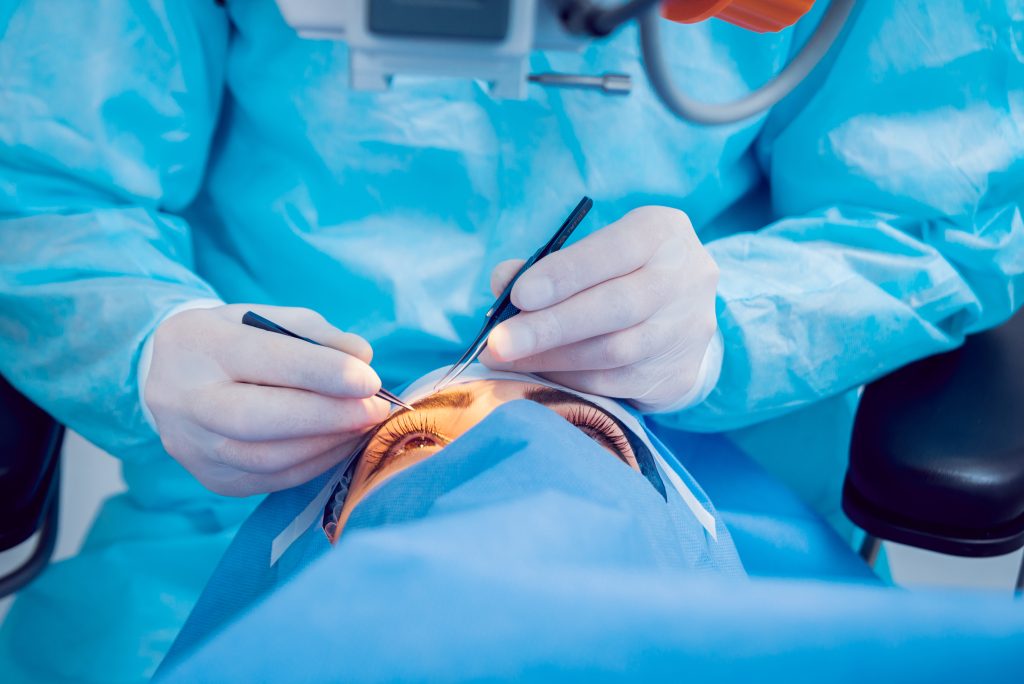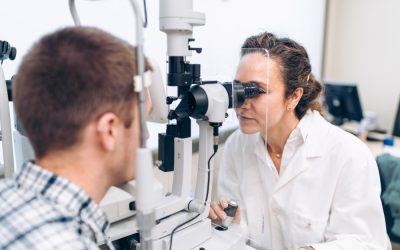Surgical Correction of Nystagmus: What You Need to Know

What Is Nystagmus?
Nystagmus is an eye movement disorder. It causes the eyes to move quickly and uncontrollably. These movements can go side to side, up and down, or in circles. Because of this, people with nystagmus may have trouble seeing clearly. Surgical correction of nystagmus is one treatment option. It can help improve vision and quality of life. Nystagmus can affect both children and adults. While some cases are mild, others may need medical or surgical care. Understanding this condition is the first step to finding the right treatment.
Symptoms and Impact on Daily Life
People with nystagmus often notice their eyes moving without control. This can make it hard to focus. As a result, reading or watching TV may be difficult. Some people may tilt or turn their head to see better. This is called a “null point.” It is the position where vision is clearest. In addition, nystagmus can cause:Blurry visionDifficulty seeing in low lightProblems with depth perceptionEye strain or headaches
Because of these symptoms, daily tasks can become challenging. For example, driving or playing sports may be harder. Children with nystagmus may struggle in school. However, with the right treatment, many people can improve their vision and comfort.
Causes of Nystagmus
Nystagmus can have many causes. Sometimes, it is present at birth. This is called congenital nystagmus. Other times, it develops later in life. This is known as acquired nystagmus. Common causes include:Genetic factorsProblems with the inner earEye diseases, such as cataractsBrain injuries or neurological conditionsCertain medications or alcohol use
Although the exact cause is not always clear, doctors can often find the reason through careful testing. Early diagnosis can help guide the best treatment plan.
Diagnosis: How Nystagmus Is Identified
Doctors use several steps to diagnose nystagmus. First, they ask about symptoms and medical history. Next, they perform a full eye exam. During the exam, the doctor may:Watch your eye movementsTest your vision and focusCheck for other eye problems
Sometimes, special tests are needed. For example, doctors may use imaging scans or measure how your eyes move. In some cases, blood tests or hearing tests can help. Because nystagmus can be linked to other health issues, a full checkup is important. Early diagnosis can lead to better treatment results.
Treatment Options: Focus on Surgical Correction
There are several ways to treat nystagmus. Glasses or contact lenses may help some people. In other cases, medicines or vision therapy can improve symptoms. However, for those with severe cases, nystagmus surgery may be an option. Surgical correction of nystagmus aims to reduce unwanted eye movements. It can also help move the “null point” to a more comfortable position. This makes it easier to see without turning the head. Common surgical methods include:Tenotomy (cutting and reattaching eye muscles)Muscle repositioning surgery
Although surgery does not cure nystagmus, it can improve vision and comfort. Many people notice better eye control and less head turning after surgery. If you are considering nystagmus surgery, talk to an eye specialist about your options.
What to Expect Before, During, and After Surgery
Before surgery, your doctor will review your health and eye history. They may order tests to plan the best approach. On the day of surgery, you will receive anesthesia to keep you comfortable. The procedure usually takes one to two hours. Most people go home the same day. After surgery, you may have mild pain or swelling. Your doctor will give you eye drops or medicine to help healing. Recovery can take a few weeks. During this time, you should avoid heavy lifting or rubbing your eyes. Follow-up visits are important to check your progress. Many people see improvements in vision and head position within weeks.
Risks and Benefits of Surgical Correction
Like any surgery, nystagmus surgery has risks and benefits. It is important to understand both before making a decision. Benefits may include:Better control of eye movementsImproved visionLess need to turn or tilt the headGreater comfort in daily life
However, there are also risks, such as:Infection or bleedingDouble visionNo change or only slight improvementNeed for more surgery
Although most people have good results, it is important to discuss all risks with your doctor. According to medical studies, many patients report better quality of life after nystagmus surgical correction. Still, results can vary for each person.
Lifestyle Tips and Prevention Strategies
While not all cases of nystagmus can be prevented, some steps may help manage symptoms. For example, you can:Use good lighting when reading or workingTake breaks to rest your eyesWear glasses or contacts as prescribedSee your eye doctor regularlyProtect your head from injury
In addition, early treatment of eye or ear problems may lower the risk of developing nystagmus. If you notice any changes in your vision, seek medical advice right away.
Frequently Asked Questions
Is nystagmus surgery safe?Most surgeries are safe, but all have some risks. Your doctor will explain what to expect.Will surgery cure my nystagmus?Surgery can improve symptoms, but it does not cure the condition. Many people see better control and comfort.How long is recovery after nystagmus surgery?Most people recover in a few weeks. Follow your doctor’s advice for the best results.Can children have nystagmus surgery?Yes, children can have surgery if needed. The doctor will decide if it is the best option.Where can I get nystagmus surgery?You can find eye movement disorder treatment centers and specialists in many cities. Search for “nystagmus surgery in [Your City]” for local options.
If you or a loved one has nystagmus, help is available. Consult an eye specialist to discuss if surgical correction of nystagmus is right for you.


